The cervical vertebrae have a characteristic opening in the transverse processes (foramen transversarium) through which the vertebral artery runs, except for C7. The spinous processes are placed more or less horizontally.
The first cervical vertebra, the atlas, contains neither a vertebral body nor a spinous process. This vertebra consists of 2 lateral parts (lateral mass) that are connected by a short anterior arch and a long posterior arch. The anterior arch has a joint facet (fovea dentis) at the back for the ‘tooth’ of C2 (dens). The transverse processes protrude significantly laterally and are reasonably accessible for palpation.
The second cervical vertebra, the axis, has a cranially protruding tooth (dens). The dens articulates with the anterior arch of the atlas. The atlas and the occipital bone form the left and right atlanto-occipital joints (C0-C1); the atlas and the axis form the lateral atlanto-axial and median atlanto-axial joints (C1-C2). The transverse ligament of the atlas is one of the ligaments that keep the dens in position.
The alar ligaments function as a type of cruciate ligament on either side of the dens axis. They connect the dens with the inner side of the occipital condyle (= joint facets for the atlanto-occipital joints).
The upper ridges of the vertebral bodies of C3-C7 have upright side edges, the uncinate processes. Because of this, the bodies of these vertebrae link with each other (joints of Luschka). These joints act as synovial joints.
The 7th cervical vertebra is called the vertebra prominens, because its spinous process is longer than those of the other cervical vertebrae – it is very easily accessible for palpation.
Let's Begin
Who we work with

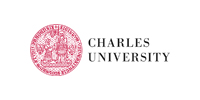
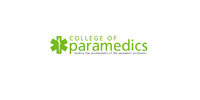

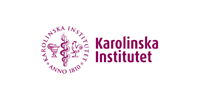
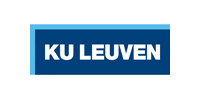
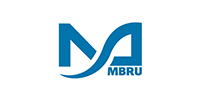

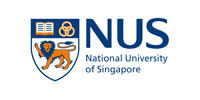

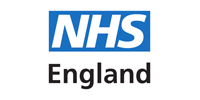
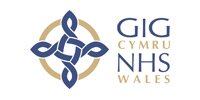
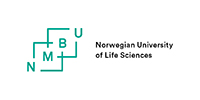
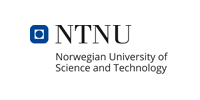
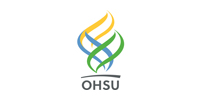
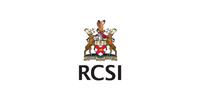
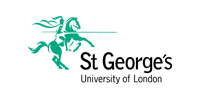
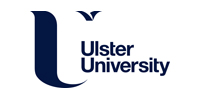
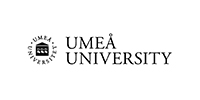
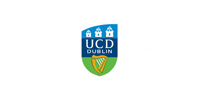
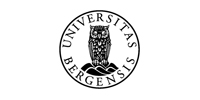
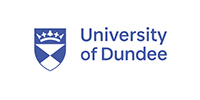
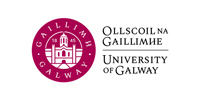
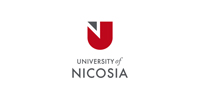


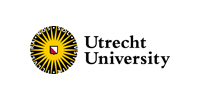

Our Clients




























